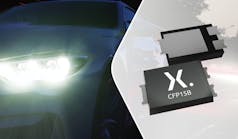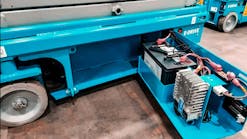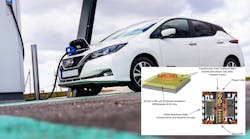Delivering on the EV Range Promise of SiC-Based Traction Inverters (Download)
Two major disruptions are currently affecting the future of vehicular transport and semiconductor technology. We’re embracing a new and exciting means to propel our vehicles cleanly with electrical power, while simultaneously reengineering the semiconductor materials that underpin electric-vehicle (EV) subsystems to maximize power efficiency and, in turn, EV driving range.
Government regulators continue to mandate that automotive OEMs reduce the overall CO2 emissions of their vehicle fleets, with stringent penalties for noncompliance, and EV charging infrastructure is beginning to proliferate alongside our roadways and parking areas. For all these advances, though, mainstream consumer adoption of EVs remains stunted by lingering concerns over EV range limitations.









